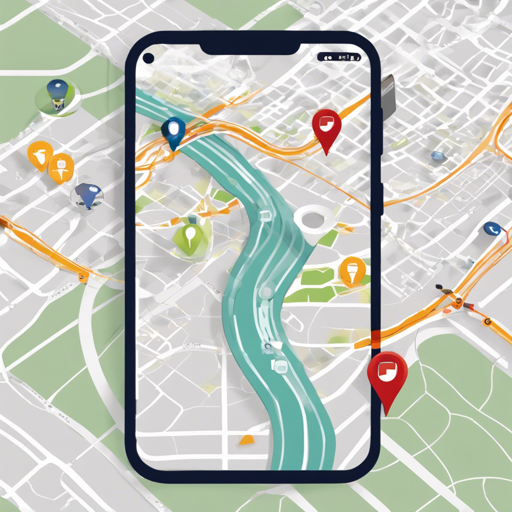Are you ready to dive into a captivating journey of developing an innovative Android application that not only assists users in route planning but also integrates RFID authentication? In this guide, we will explore the core functionalities, the technological stack involved, and some troubleshooting tips for common issues you may encounter. Let’s get started!
Key Features of the Application
- Map Route Planning: Users can select pick-up and drop-off locations, with address hints and optimized route drawing features to ease their journey.
- RFID Authentication: Users can scan their driver’s license or other RFID hardware, which will be encrypted and cross-checked with the web server database for authentication.
- Driver License Number Recognition: The application can recognize the numeric sections of the driver’s license, send them to the web server for verification, and alert users regarding inconsistencies.
Understanding the Code: An Analogy
Picture your multi-functional Android application as a bustling city. Within this city, the roads symbolize the routes that need to be optimized for navigation, the RFID features represent security checkpoints, and the drivers hold significant information, akin to different zones that serve specific purposes. Your coding logic directs traffic smoothly, ensuring everything from navigating routes to authenticating users flows seamlessly.
Technological Stack
- Android Studio 3.4
- Apache + PHP + MySQL Web Server
- OpenCV for image processing
- NDK for encrypting RFID numbers
- Libraries: OkHttp3, MapBox
Getting Started
Step 1: Set up the Environment
- Install Android Studio and configure it for your project.
- Set up your Apache server with PHP and MySQL for backend operations.
Step 2: Create UI Layout
- Design the UI layouts for the Home, Route Planner, and RFID Authentication screens.
Step 3: Implement Map Sequencing
- Integrate MapBox or Google Maps API for route planning functionality.
Step 4: Integrate RFID Scanning
- Implement NDK for RFID processing and MD5 encryption using native libraries.
Step 5: Test Your Application
- Run through different test scenarios to ensure all features work as intended.
Troubleshooting Common Issues
- Issue: Application Crashes on Startup
- Check your Gradle dependencies for compatibility issues.
- Make sure all required permissions are granted in your manifest file.
- Issue: RFID Scanning Fails
- Verify that the NFC adapter is enabled.
- Ensure your device supports RFID technology and the appropriate file paths are set correctly.
- Issue: Map Not Loading
- Check your API keys and quota on the Google Cloud or MapBox dashboard.
- Ensure your internet connection is stable and active.
For more insights, updates, or to collaborate on AI development projects, stay connected with fxis.ai.
Conclusion
This blog encapsulates the essence of creating a feature-rich Android application compounded with RFID authentication and optimized route planning. By merging the best of Android development with robust backend capabilities, you can achieve significant advancements in your mobile application experience.
At fxis.ai, we believe that such advancements are crucial for the future of AI, as they enable more comprehensive and effective solutions. Our team is continually exploring new methodologies to push the envelope in artificial intelligence, ensuring that our clients benefit from the latest technological innovations.

